What are the Steps in a Personal Injury Lawsuit in Seattle?
Motor vehicle and pedestrian accidents in Seattle can result in permanent and sometimes deadly injuries. In most scenarios, these accidents result from the negligence of other drivers.
If you or someone you love recently suffered injuries in one of these accidents, an experienced Seattle personal injury lawyer can be immensely valuable. Your attorney can promptly evaluate your case circumstances, explain your legal options clearly, and pursue the financial recovery you deserve for your losses.
Personal Injury Lawsuits in Seattle
Several crucial steps unfold in a Seattle personal injury lawsuit. First, the injured party, known as the plaintiff, seeks legal representation. Their personal injury attorney typically conducts an investigation, gathering evidence like police reports, witness statements, and medical records to build a strong case.
After collecting evidence, the plaintiff’s attorney files a complaint against the defendant (the party allegedly responsible for the accident), initiating the lawsuit. The defendant then has a set period to respond to the complaint, either admitting or denying liability.
Following this step, both parties enter the discovery phase. Here, they exchange relevant information and evidence, such as witness testimony, expert opinions, and any other documents pertinent to the case. Discovery helps each side understand the strengths and weaknesses of the opposing party’s arguments.
Depositions often occur during the discovery phase, where witnesses and parties give sworn oral testimony. This allows attorneys to assess the credibility of witnesses and gather additional information.
Next come pre-trial motions, in which either party may ask the court to rule on certain legal issues before trial. Motions may include requests to exclude certain evidence or dismiss parts of the case.
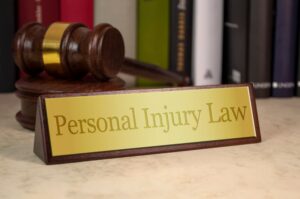
If the case isn’t resolved through settlement negotiations during pre-trial proceedings, it proceeds to trial. Both parties present their evidence and arguments at trial before a judge and/or jury. The plaintiff must prove that the defendant’s negligence or fault caused their injuries – typically by a preponderance of evidence.
After both sides present their case, the judge or jury deliberates and delivers a verdict. If the plaintiff prevails, they may receive monetary damages to compensate for medical expenses, lost income, pain and suffering, and other losses.
However, the legal process doesn’t necessarily end with a verdict. If either party disagrees with the outcome, they may appeal the decision to a higher court. Appeals focus on legal errors made during the trial rather than re-examining the evidence.
Throughout the process, the duration and complexity of a personal injury lawsuit can vary. Factors such as the severity of the victim’s injuries, disputed liability, and the willingness of parties to negotiate settlements can influence the timeline.
An experienced Seattle personal injury lawyer can represent you during every stage of the litigation process and work to maximize your compensation award.
Helpful Evidence in Seattle Personal Injury Lawsuits
In Seattle personal injury lawsuits, gathering the right evidence is crucial to building a strong case. Several types of evidence can be particularly helpful in proving liability and damages:
- Police Reports – Immediately after an accident, law enforcement officers typically respond to the scene and create a detailed report. These reports document important information, such as the accident location, the parties involved, statements from witnesses, and any citations issued. Police reports serve as an official record of the incident and can provide valuable evidence in court.
- Witness Statements – Eyewitness accounts from individuals who saw the accident may be powerful evidence. Witness statements can corroborate the injured party’s version of events and provide additional insight into the accident’s circumstances. Your personal injury attorney can follow up with witnesses and use their statements to best support your claim.
- Photographic Evidence—Photographs of the accident scene, vehicle damage, injuries, and road conditions can provide visual documentation of the aftermath. Pictures can help recreate the sequence of events leading up to the accident and illustrate the extent of damage and injuries the victim sustained. In today’s digital age, smartphone photos and videos are often valuable evidence in personal injury cases.
- Medical Records – Comprehensive medical documentation detailing the injuries sustained in the accident is essential for proving damages. Medical records, including hospital reports, diagnostic tests, treatment plans, and physician notes, establish the severity of injuries, the necessity of medical care, and the effect on the injured party’s life. Expert testimony from medical professionals may further support the extent of the injuries and the associated treatment costs.
- Accident Reconstruction – In complex cases where liability is disputed, accident reconstruction experts may analyze the evidence and recreate the events leading up to the accident. Using techniques such as computer simulations, physical evidence analysis, and vehicle damage assessment, these experts can provide valuable insight into how the accident occurred and who was at fault.
By gathering and presenting compelling evidence, accident victims can strengthen their personal injury cases and pursue fair compensation for their losses.
Recoverable Compensation in a Seattle Personal Injury Lawsuit
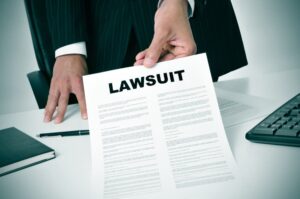
In a Seattle personal injury lawsuit, accident victims may be entitled to various types of recoverable compensation – also referred to as damages. These damages aim to compensate the victim for the losses and hardships they endured due to their injuries. The most common types of recoverable compensation in a personal injury lawsuit include:
- Medical Expenses – Accident victims can seek compensation for the costs associated with their medical treatment, including hospital bills, doctor’s visits, surgeries, medications, and rehabilitation. This compensation covers past, current, and future medical expenses related to their injuries.
- Lost Income – If an accident-related injury prevents the victim from working, they may be entitled to compensation for lost income. This includes earnings lost immediately after the accident and anticipated lost earnings.
- Pain and Suffering—Pain and suffering damages compensate the victim for the physical pain, emotional distress, and mental anguish resulting from the accident and injuries. These damages are subjective and aim to compensate for the intangible toll the injury has taken on the victim’s overall quality of life and well-being.
- Loss of Consortium – In cases where accident-related injuries adversely affect the victim’s relationship with their spouse or family members, the victim may be entitled to damages for loss of consortium. This includes compensation for the loss of companionship, support, affection, and intimacy resulting from the injuries.
- Property Damage – If the victim’s property, such as their vehicle, was damaged in the accident, they can seek compensation for the cost of repairs or replacement. Property damage compensation aims to restore the victim to the same financial position as before the accident occurred.
- Loss of Enjoyment of Life – Accident victims may also receive damages for loss of enjoyment of life, compensating for their inability to participate in activities or hobbies they enjoyed before their injuries. This type of compensation acknowledges the effect of the injury on the victim’s ability to lead a fulfilling and enjoyable life.
By seeking recoverable compensation for these damages, accident victims can obtain financial relief and justice for the harm they have suffered due to someone else’s negligence.
How do Motor Vehicle and Pedestrian Accidents in Seattle Frequently Happen?
Negligence by others can lead to motor vehicle crashes or pedestrian accidents in various ways, often resulting in serious medical complications. Some of the most common causes of Seattle accidents include:
- Distracted Driving – One of the leading causes of motor vehicle accidents is distracted driving. This occurs when drivers divert their attention from the road, typically by using mobile phones, eating, adjusting the radio, or engaging in other activities. Even a momentary distraction can have devastating consequences, causing drivers to miss critical cues, swerve into other lanes, or fail to react to hazards.
- Speeding – Exceeding the posted speed limit or driving too fast for road conditions is another common form of driver negligence. Speeding reduces a driver’s ability to react to unexpected situations, increases stopping distances, and magnifies the severity of collisions. High-speed crashes often result in catastrophic injuries and fatalities – especially in pedestrian accidents where impact forces are significant.
- Driving Under the Influence (DUI) – Operating a vehicle while impaired by alcohol or drugs is reckless and illegal behavior that frequently leads to motor vehicle and pedestrian collisions. Alcohol and drugs impair cognitive function, coordination, and reaction times, making it difficult for people to drive safely. DUI accidents are entirely preventable and carry severe legal consequences.
- Failing to Obey State Traffic Laws – Neglecting to adhere to traffic signals, stop signs, yield signs, and other traffic laws is another form of negligence that can cause collisions. Disregarding traffic laws increases the risk of intersection accidents, rear-end collisions, and pedestrian accidents. Drivers who run red lights, fail to yield right-of-way, or ignore pedestrian crosswalks endanger the safety of others on the road.
- Aggressive Driving – Aggressive driving behaviors such as tailgating, weaving in and out of traffic, and road rage escalate tensions on the road and create hazardous conditions. Aggressive drivers often exhibit impatience, hostility, and a disregard for the safety of others, leading to collisions and confrontations. Aggressive driving contributes to a significant portion of motor vehicle accidents each year.
- Unsafe Lane Changes and Merging – Failing to signal lane changes, improperly merging onto highways, and cutting off other vehicles can cause accidents due to the sudden alteration of traffic flow. Drivers who neglect to check blind spots, use turn signals, or yield when necessary put themselves and others at risk of collisions.
Most Common Injuries in Seattle Motor Vehicle and Pedestrian Accidents
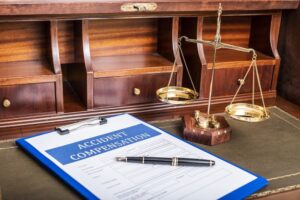
Motor vehicle collisions and pedestrian accidents in Seattle often lead to a range of injuries:
- One of the most common injuries in motor vehicle crashes is whiplash. This occurs when the head forcefully jerks back and forth, straining the neck muscles and ligaments. Symptoms may include neck pain, stiffness, headaches, and dizziness.
- Traumatic brain injuries (TBIs) are also common, particularly in accidents involving high speeds or direct impact to the head. TBIs range from mild concussions to severe brain damage and can lead to cognitive impairment, memory loss, and emotional changes.
- Back injuries, such as herniated discs and spinal cord damage, frequently occur in motor vehicle accidents. These injuries can cause chronic pain, limited mobility, and, in severe cases, paralysis.
- Fractures are another common consequence of motor vehicle collisions, affecting bones throughout the body. Broken arms, ribs, legs, and pelvises are typical, often requiring surgery and extensive rehabilitation to regain function.
- In pedestrian accidents, the injuries sustained can be particularly severe due to the lack of protection compared to occupants of vehicles. Head injuries are a significant concern, ranging from concussions to skull fractures and brain trauma. Even at lower speeds, the impact of a vehicle can cause devastating head injuries.
- Lower limb injuries are also prevalent in pedestrian accidents, with fractures, dislocations, and soft tissue damage commonly occurring when a vehicle strikes a person. These injuries can result in long-term disability and impairment of mobility.
- Internal injuries, such as organ damage and internal bleeding, may not be immediately apparent but can be life-threatening if left untreated. Pedestrian accident victims may sustain injuries to their abdomen, chest, or pelvis, requiring prompt medical intervention.
- Psychological trauma, including post-traumatic stress disorder (PTSD) and anxiety, is another consequence of motor vehicle collisions and pedestrian accidents. Witnessing or experiencing a traumatic event can have long-lasting effects on mental health, requiring therapy and support for recovery.
Contact an Experienced Personal Injury Lawyer in Seattle about Your Legal Options
If you suffered injuries in a Seattle motor vehicle collision or pedestrian accident, you must contact a skilled personal injury attorney right away. A lawyer can answer all of your questions, file a timely claim or lawsuit on your behalf, and work to maximize your overall compensation award – either through a favorable settlement offer from the insurance company or litigation result in court.
Many people fail to meet with a lawyer or pursue a personal injury case out of financial concerns. With medical bills and other losses, they believe they cannot afford to hire a personal injury attorney, and they do not know where to begin in the legal process.
The good news is that consultations with a personal injury lawyer are free, and you pay nothing to begin representation. Contact an attorney near you right away.
Free Consultation
We Are Here For You 24/7
Reviews
– Elissa M.
“Really pleased with Boohoff Law! Received immediate responses when I had any questions. Treated amazingly by all staff … made this process a true breeze!”
– Caitlyn M.
– Brandy K.
Related Posts
Steps to Take After a Drunk Driver Hits Your Vehicle in Seattle
What Compensation Can You Claim for Severe Burn Injuries
What to Do After Being Injured in a Parking Lot Accident in Seattle
Recovery is personal.
We’re here for you.
You're better off with Boohoff.
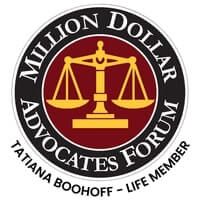

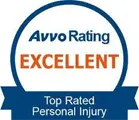
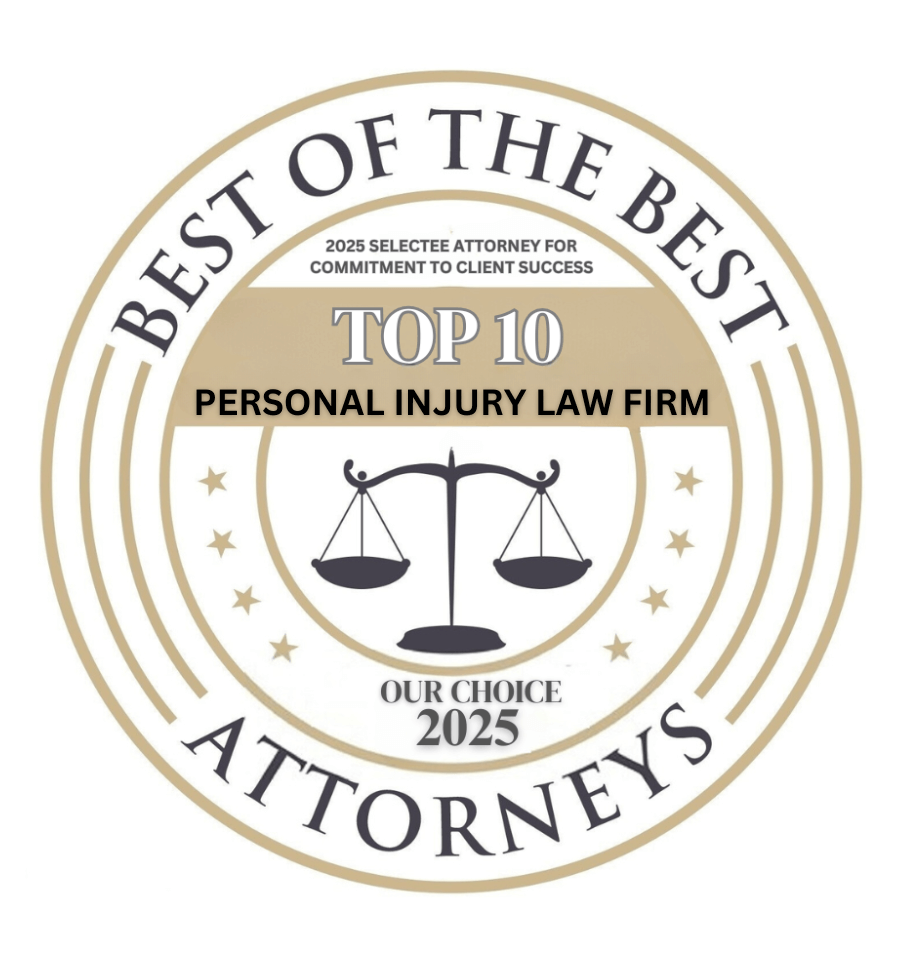
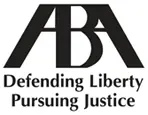
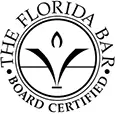
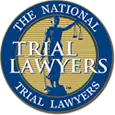



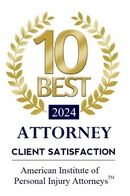
The information on this website is for general information purposes only. Nothing on this site should be taken as legal advice for any individual case or situation. This information is not intended to create, and receipt or viewing does not constitute, an attorney-client relationship.
available 24/7
(877) 999-9999
